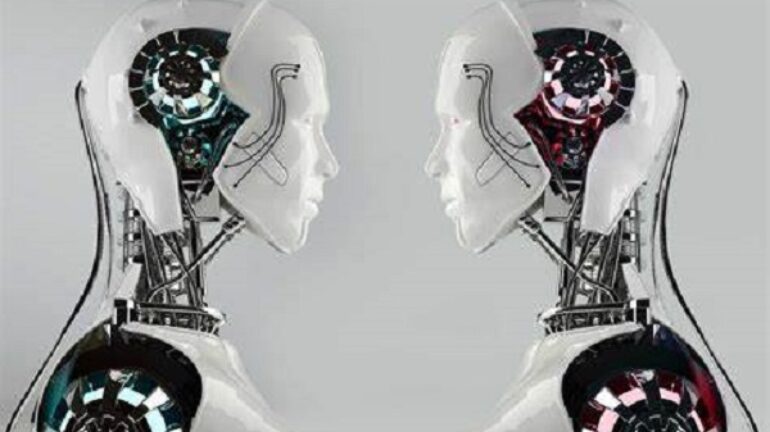
Robotics technology is advancing at an unprecedented pace, impacting various sectors and industries. Artificial intelligence, machine learning, and advanced materials are opening the door to a new era of robotics that is poised to transform the way we live and work. This report outlines the key trends, potential applications, challenges, and societal impacts of the future of robotics technology.
Key Trends in Robotics
Artificial Intelligence Integration and Autonomy
Robots are becoming increasingly autonomous, capable of performing complex tasks without human intervention. Machine learning algorithms enable robots to gather information from their surroundings and gain experience.
Collaborative Robots (Cobots)
Cobots are designed to work alongside humans in industrial settings, enhancing safety while boosting efficiency. They are expected to be widely used in sectors such as agriculture, manufacturing, and healthcare.
Advanced Materials and Soft Robotics
Soft robotics technology will make robots more flexible and suitable for delicate tasks, particularly in healthcare services. These advancements will benefit a wide range of applications, from prosthetics to surgical procedures.
Potential Applications
Healthcare
Robotic solutions in areas such as remote surgery and treatment will improve patient care and enable doctors to perform more precise interventions.
Manufacturing and Industry
Autonomous robots will revolutionize industrial agriculture and manufacturing processes, speeding up operations and improving safety.
Agriculture
Autonomous robots will be used in tasks such as planting, harvesting, and crop management, increasing efficiency and reducing costs.
Challenges and Barriers
Robotics technology faces challenges such as technical limitations, ethical issues, and high costs. Improving the performance of robots in complex environments and managing their societal impacts are among the key issues that need to be addressed.
Societal and Economic Impacts
While automation may lead to job losses in some sectors, it will also create new opportunities in fields such as robotics development, maintenance, and AI programming. Robots can offer solutions to improve the quality of life in aging societies and contribute to addressing global issues such as climate change and food security.
Future Developments
As robotics technology evolves, significant advances will be made in areas such as artificial intelligence, human-robot collaboration, and bio-inspired robots. Additionally, the integration of these technologies with emerging fields like quantum computing and nanotechnology will open up new opportunities in sectors such as medicine, energy, and space exploration.
Conclusion
The future of robotics technology holds the potential to reshape industries, enhance the quality of life, and provide solutions to global challenges. However, for these benefits to be realized, technical, ethical, and economic obstacles must be overcome. In the coming years, the collaboration between human intelligence and robotic innovations will define the next technological revolution.
